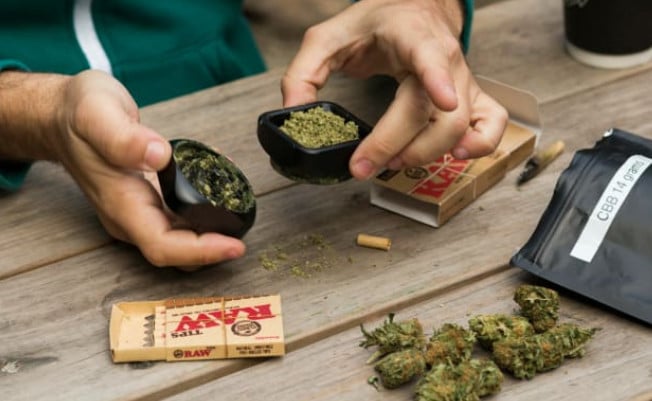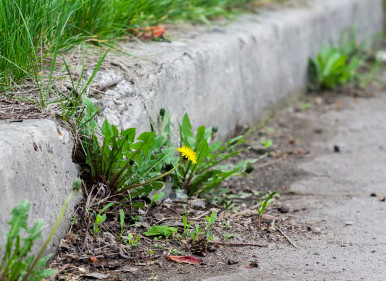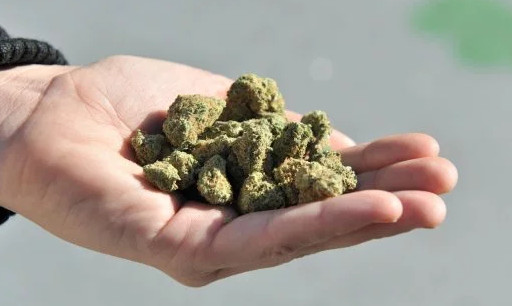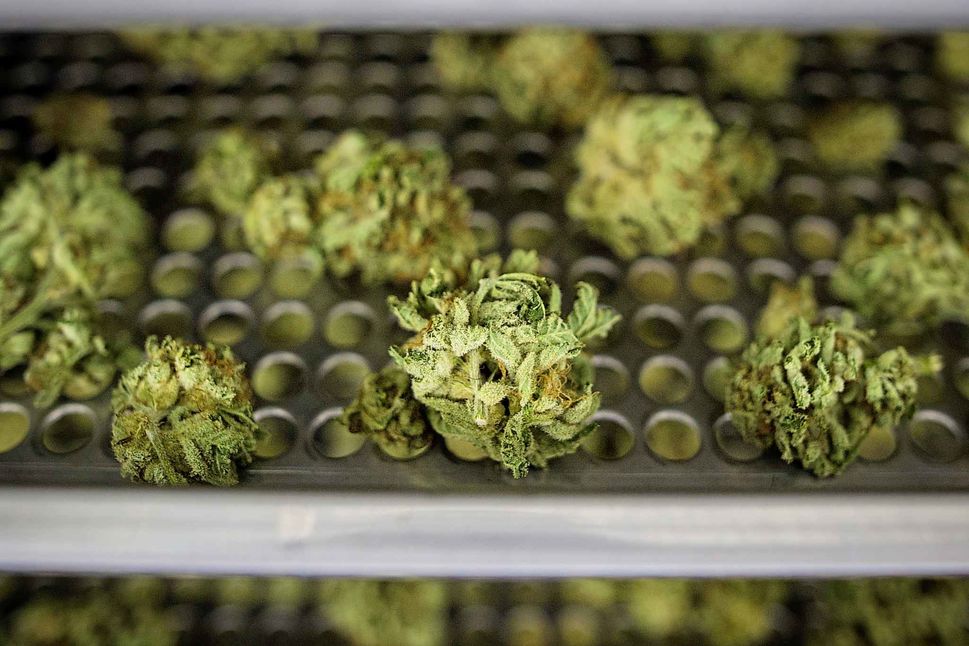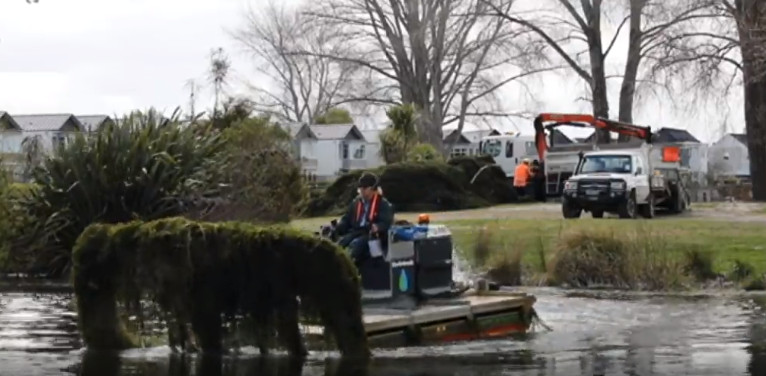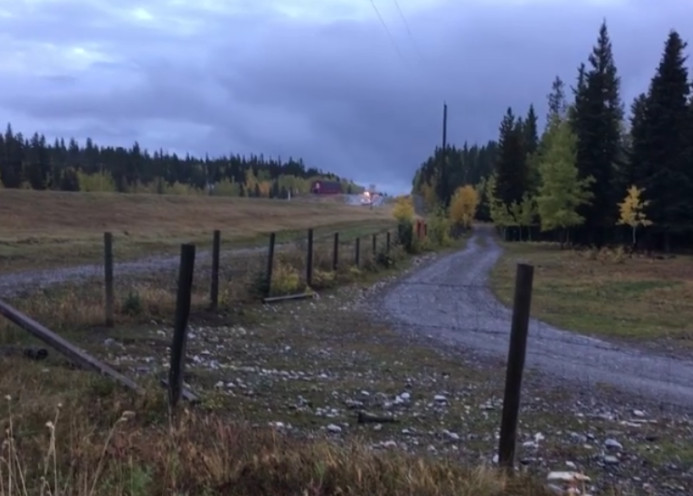Sometime in the next two weeks, wheat should reach the critical jointing growth stage, also known as Feekes Growth Stage 6 by agronomists.
At that time, the growing point is above the soil surface and the main tillers have switched from vegetative to reproductive growth.
Jointing signals key management activities for farmers. They should have applied their nitrogen fertilizer by now. In addition, herbicides and fungicides may have label restrictions at this time.
The restrictions are a result of the growing point being above ground and vulnerable to damage. Chemicals, weather and animals may damage the growing point. Tillers with a damaged growing point may die, have a distorted seed head, or produce sterile flowers, which overall, will reduce grain yields.
Certain herbicides may damage the wheat crop if applied at the wrong growth stage. Farmers cannot use a calendar date to know they are safe since weather will determine when the crop reaches a certain stage.
Thus, in a weed-control program, a farmer has to be able to identify wheat growth stages, identify the weeds present, and be familiar with herbicide restrictions. These restrictions would involve application timing to prevent crop damage and the persistence of the herbicide, which may affect the rotation to other crops in the future.
Unfortunately, there is not one herbicide product that will effectively control all weeds. Some are better than others in controlling certain weeds. Ohio State University evaluates the effectiveness of herbicides on different weed species and publishes the results in the Ohio Weed Control Guide to assist farmers.
This year’s guide evaluated the effectiveness of 24 different herbicide products in controlling the 21 weeds that may be a problem in wheat fields. The list even includes Canada thistle and wild garlic, tough to control perennial weeds.
A farmer will also have to consider the cost of the herbicide product. They will have to decide if the newer and more expensive herbicides provide better control to justify the cost compared to older products, which often have generic brands available.
Fortunately, weeds are not as much a problem in wheat as they are in corn and soybeans. Wheat often has a competitive advantage over weeds because of its canopy density.
Wheat is planted in the fall, so it gets a head start on many weeds. It is planted in rows less than 10 inches apart and each plant can spread out with many tillers. Thus, weeds have a hard time getting established in wheat fields.
However, weeds that germinate in the fall and survive the winter can be a problem, such as purple deadnettle, henbit, field pennycress, shepherd’s-purse, common chickweed, cressleaf groundsel, and marestail. These weeds can be a problem if their population is large.
Finesse, Report Extra, Huskie, and Harmony Extra will effectively control winter annual weeds. Huskie, Talinor and Quelex will have to be used for marestail since most populations in our area are resistant to ALS herbicides.
For control of summer annuals, herbicides are applied after jointing. Cleansweep, Curtail, dicamba, Huskie, and Pulsar plus MCPA provide the most effective control of the most common summer annual weeds.
Risk of damage by herbicides to wheat is low when applied after fields have greened coming out of winter and before jointing. Products that contain dicamba and 2,4-D have the greatest risk for crop injury when applied after jointing.
Other herbicides may be applied after jointing. The label will state how late in the growing season they can be applied. Buctril, Starane, Stinger, WideMatch, Quelex, Orion, and Axial have the greatest flexibility of timing as they can be applied up to the last leaf being visible. The last leaf is often called the flag leaf on herbicide labels.
Talinor and Quelex are new winter wheat herbicides for our area. Talinor will control winter annual weeds except purple deadnettle and henbit, and will control all summer annual weeds. Quelex will control most winter annual species and small-seeded broadleafs, such as marestail, lamsquarters, and pigweed.
The concern with Talinor and Quelex is the restriction on crop rotation. For Talinor, red clover cannot be planted until 15 months after application and 12 months for soybeans and alfalfa. If Quelex was applied, red clover cannot be planted for 15 months after application, nine months for alfalfa, and three months for corn and soybeans.
Crop rotation restrictions are generally not a problem since the restriction time is adequate to plant corn and soybeans, the most common rotation crops in our area. However, if a farmer wanted to plant a pasture, red clover would be a concern.
Weed control is not an easy task. Farmers have to be knowledgeable about crop growth stages, weed identification, herbicide effectiveness on certain weeds, and herbicide restrictions to maximize weed control and reduce the risk of crop injury.
The cooler March and April may delay jointing in wheat to the very end of April or the first part of May. Farmers will have to consider major management decisions at that time. However, with the delay, farmers may be more concerned about planting corn and soybeans rather than taking care of wheat.
Credit: thecourier.com



